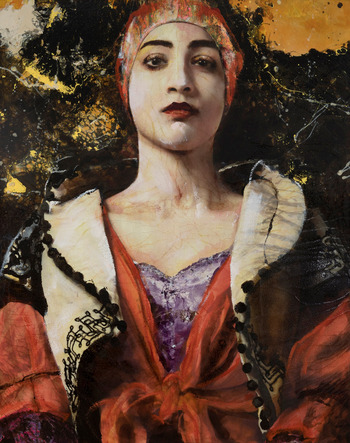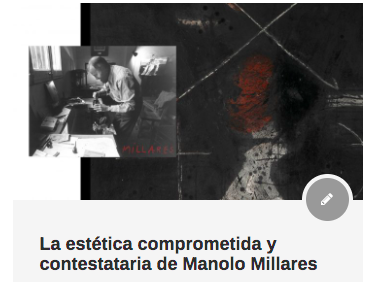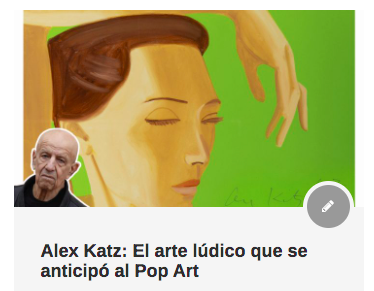5 curiosities about the life and work of Lita Cabellut
Lita Cabellut’s biography is as powerfully striking as the canvases that emerge from it.
Following Lita Cabellut’s trajectory, we can affirm that her works are the result of her own passion for life and the need to delve into the complexity of a human soul, whose passions, fears and contradictions she often shows us with brutal honesty. His monumental paintings, often featuring the most disadvantaged segment of society, have become true pleas for humanity.
If you want to discover some of the events that have marked Cabellut’s life and work, don’t miss the following curiosities:
- Lita’s childhood, far from being a bed of roses, was marked by abandonment and poverty. Surviving on the streets of Barcelona, Lita tells of this time: “I didn’t go to school, I was a street child like many others. I did little jobs for prostitutes, they gave me money to buy packs of cigarettes, sandwiches, condoms, earrings… and I kept the change. Many times I slept on the street.
- Lita revealed her vocation as an artist after discovering the great masters such as Goya, Velázquez and Rembrandt at the Prado Museum. In fact, according to his biography, the shock he felt before Rubens’ “The Three Graces” “was the trigger for his decision”.
3. As she herself acknowledges, Rubens and Velázquez impressed her for their beauty and magnitude, but in front of Goya she shuddered to understand perfectly what the paintings of the Aragonese master were shouting, since she herself lived in her own flesh the delirium of the Goyaesque universe.
4. One of the hallmarks of Lita’s style is undoubtedly the technique she has developed, based on a variant of the fresco painting technique that, simulating the effects of “craquelé”, gives us the possibility of creating a new style. evokes the fragility of life and the scars it leaves in its wake.
5. The intense emotional charge with which his works question us comes to life thanks to a duality that exists in all his work: the deep knowledge and mastery of the academic drawing of the great masters, together with the rough and instinctive strokes of artists such as Francis Bacon, Lucien Freud or Pollock, governed by the inner energies that are born from the artist himself.






